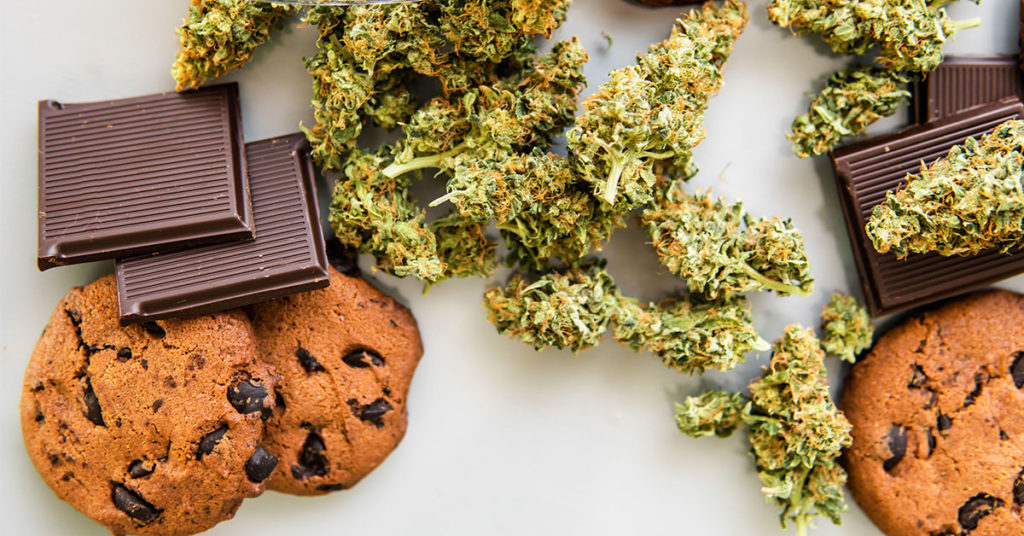What’s your favorite way to get high? For many people, that answer may be edibles, which are the second most popular Marijuana product in the U.S. Despite their popularity, many consumers still do not fully understand how edibles work. Common questions include: Why do my edibles take so long to kick in? And why does my edible high last for so long? We’ll be helping answer some of the more confusing aspects of edible cannabis consumption.
First and foremost, we want to introduce a concept called “bioavailability”. In layman’s terms, this means the rate in which an administered drug is absorbed by the body’s circulatory system, so for edibles, it is how fast the THC enters your bloodstream. Bioavailability is used to determine the correct dosage of any medication administered not directly into the bloodstream, like pills, patches, inhalable products, and of course, edible products. However, there are many things that can affect the bioavailability of a drug, which can make dosage determination difficult. Your metabolic rate, sleep cycle, and age are all different things that may affect how quickly or slowly your body absorbs the THC in your edibles.
Now that we’ve established what bioavailability is, let’s talk about the gastrointestinal tract, which is one of two ways that an edible can be absorbed. Kind of a weird topic, we know, but it is important to understand how this plays into the amount of time THC takes to be absorbed. Edibles like cookies, brownies, and even pills require the edible be processed in the liver before making it to the bloodstream, meaning that the product has to reach your small intestine and liver before you’ll start to feel your high. While this method of absorption often takes longer for the effects of edibles to be felt (sometimes up to an hour or more due to all the processing) the experience typically lasts longer. The absorption process can take up to two hours and can linger in the bloodstream for hours after being absorbed. These times can vary dramatically depending on factors that change bioavailability like a person’s metabolic rate, tolerance level, and age.
Food edibles that are consumed and digested have a bioavailability of anywhere between 4 and 12 percent, but the average is around 6 percent, meaning that only six percent of a product’s total cannabinoid content will get absorbed into the bloodstream (the rest will get burned up or exit the body in another way) compared to inhaling cannabis which has a bioavailability of 2 to 56 percent. Bioavailability can actually be improved when edibles are consumed at the same time as foods like mangos or nuts, which help absorption into the bloodstream.
The second way an edible can be absorbed is actually through your mouth, where it bypasses the gastrointestinal tract and enters your system much more quickly. Products like tinctures, lozenges, gummy candies, and drinks provide a more efficient means of absorption because they enter the permeable and porous areas of your mouth like under your tongue and the insides of your cheeks, which enters directly into your bloodstream. When cannabis is consumed in this way, the bioavailability ranges from 50-70 percent, and the effects of edibles will be felt much faster. Not only does this mean that less product is needed to get high, but dosages are easier to manage when absorbed through the mouth because fewer variables are at play (no digestion) and because it works so quickly, there is less likelihood of overconsumption.
If you’re an edible lover, it is important to understand what bioavailability is and how that affects your high! While the absorption method has a lot to do with it, keep in mind that things like your age and metabolic rate still play into how quickly your edible is absorbed and how strongly you are affected by it. With your new edible knowledge, we wish you a happy high and remember, be Kind!





